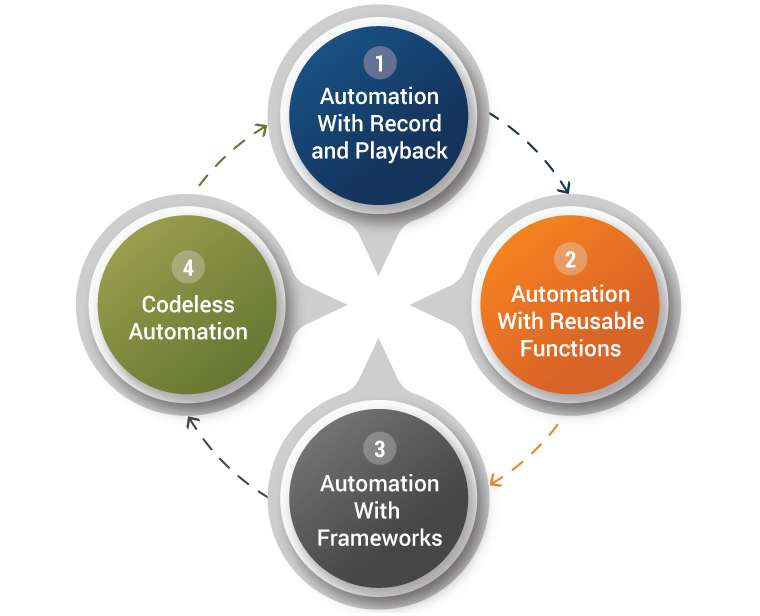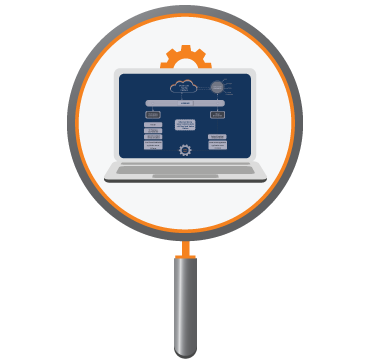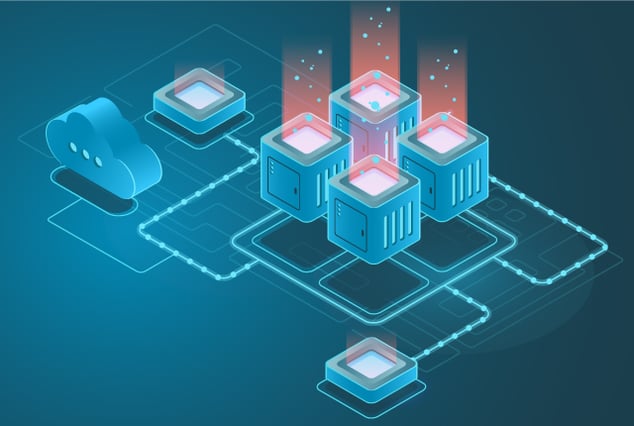The innovation of automation in the field of development has been one of the biggest in the technological field. However, in order to gain expertise, these skill sets are often difficult and require consistent time and effort.
Codeless Automation
As the IT industry continues to adopt agile methodologies, automation tools and technologies have become even more important. Although they make tasks simple, scalable, and less time-consuming, gaining relevant experience and expertise over these tools requires time and effort. Codeless automation lets you make the most of the automation resources without exhausting yourself.
Why Use Codeless Automation?

Codeless automation lets you easily automate test scripts parallel to a SDLC. It’s an all-in-one solution that can easily automate different types of scripts is easy to learn, and does not require any coding experience. The benefits include low maintenance costs, easy setup, built in reporting tools, and integration support with other CI tools such as Jenkins, GitLab, TeamCity, and Hudson.
Journey to Codeless Automation

How Does Codeless Automation Work?

There are multiple approaches to incorporate codeless automation in QA testing. The two most widely used are:
- Record and Playback
- Structured test flow diagrams
The idea behind Record and Playback is that a QA engineer manually performs a test, which the tool records click-by-click. The tool then creates scripts that will generate all the steps performed by the QA engineer. The testers can also edit the scripts as per their requirements. This approach is best suited for QA engineers who are testing web-based applications.
Benefits of Codeless Automation
Low Learning Curve
Users with less programming knowledge can create test cases.
Enhanced Efficiency
Approaches like record and play enables you to create repeatable test scripts while manually executing test cases and optimizing the automation process.
Smart Locators
As requirements change, so do the position and properties of an application. Thanks to the Smart locators, we do not need to change locators to find elements such as button, links, and input boxes.
Save Resources
Codeless automation reduces a QA team's effort on mundane and repetitive tasks. They can focus on a product's functional and UX testing when they are not occupied with writing automation scripts.
Empower Agile Methodology
With minimal demand for programming skills, members of different domains and skills can take part in testing. This ensures transparency and collaborative workflow.
Increased Test Coverage
Codeless automation tools run the test scripts on platforms such as Web, API, iOS, Android, and desktop apps. This provides quick results of parallel testing and QA engineers can create complex yet maintainable test scripts.
Traditional Vs Codeless Automation Tools
| Feature | Codeless Automation | Traditional Automation |
|---|---|---|
|
Assertions
|
Easy
|
Manual Intervention Required
|
|
Modification
|
Easy without Undo
|
Code Changes Required
|
|
Reusable Steps
|
Easy
|
Easy
|
|
Cross-browser Support
|
Allowed
|
Have to Code to Provide The Support
|
|
Reporting
|
Automatic. Mostly Have Built-in Reporting Tools
|
Reporting Tools
|
|
Ability to Insert Code
|
Requires Coding Knowledge
|
Requires Coding Knowledge
|
|
Continuous Integration
|
Yes
|
Yes
|
|
Control Structures
|
Through Recording
|
Through Coding
|
|
Smart Element Locators
|
Automatically Identifies Another Locator in the Absence of First
|
Need Code Changes
|
Key Tools
-

1. Katalon Studio
Supports web, Android, and iOS . It also integrates with JIRA, Git, and Jenkins.
-

2. Ranorex
Automates tests on Windows and executes on Android or iOS mobile devices.
-

3. TestProject
Cloud based end-to-end test automation platform for web, mobile, and API testing.
-

4. Sikuli
An open-source GUI based test automation tool for interacting with elements of web pages and handling windows-based popups.
-

5. CloudQA
A cloud-based service which provides features such as regression, functional, smoke, and load testing.
Codeless Automation in The Cloud

Codeless testing tools allow you to perform codeless automation directly from cloud. The test cases are accessible from anywhere and anytime - this increases the performance of test case execution.
Conclusion
The significance of codeless testing will potentially rise to become one of the rudimentary exercises for QA teams. Organizations engaged in software development observe close-neck competition to deliver fast-paced and innovative solutions. Complementing the traditional path of QA expertise with codeless tools will enable enterprises to accelerate their development process.
Have Suggestions?
We would love to hear your feedback, questions, comments and suggestions. This will help us to make us better and more useful next time.
Share your thoughts and ideas at knowledgecenter@qasource.com



